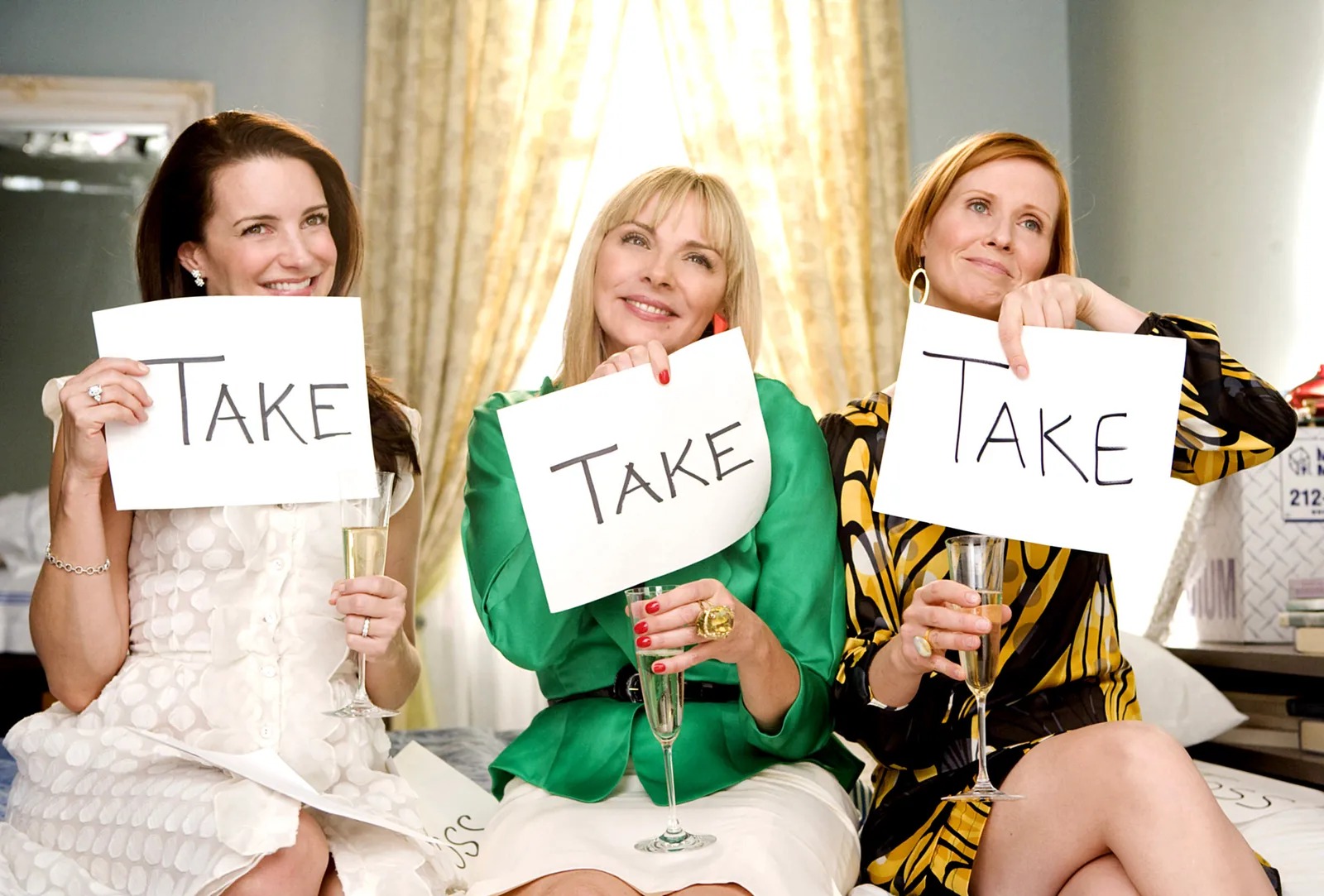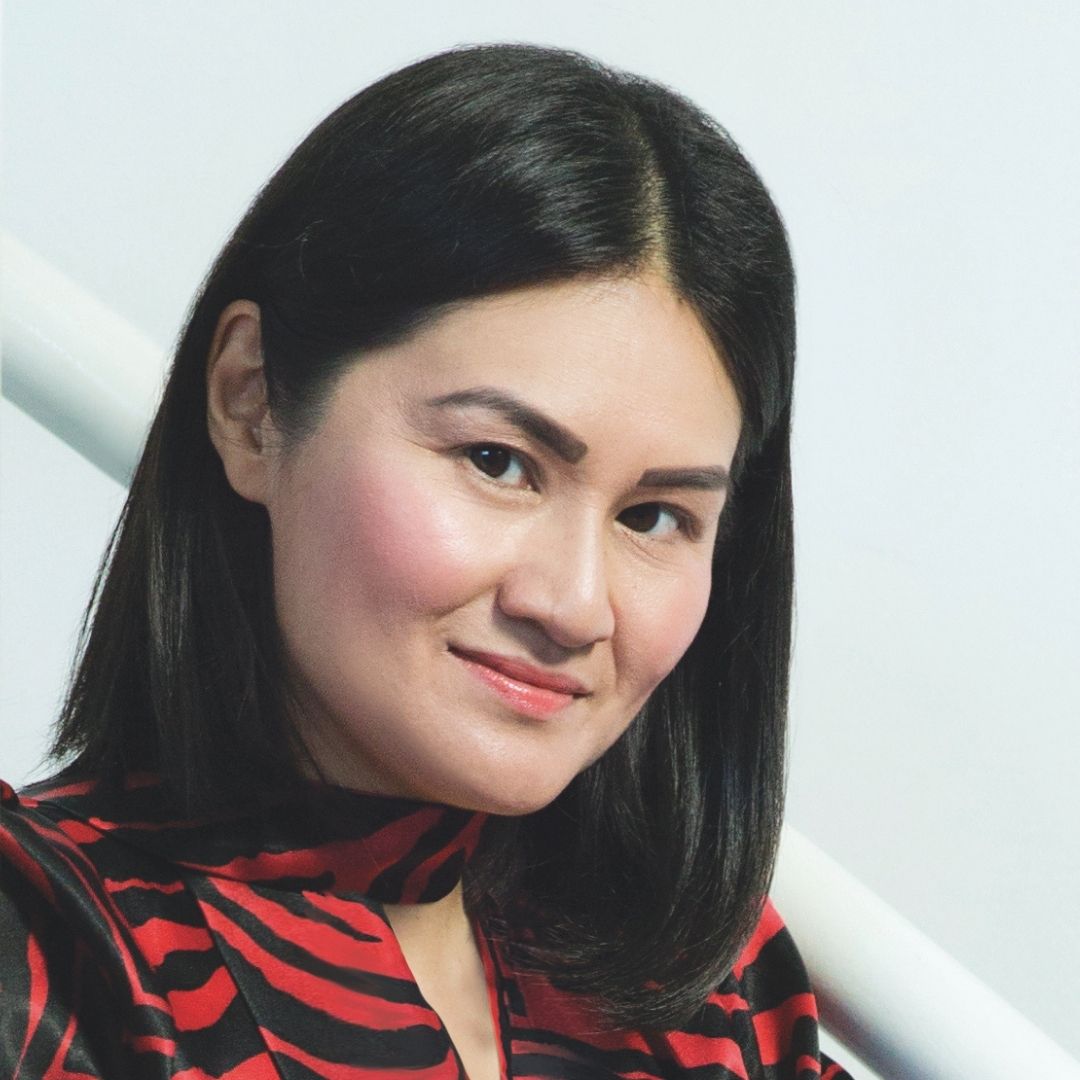
With a career in fashion spanning over 20 years, you can imagine my wardrobe. And while I can edit every other aspect of my life with ease, I’m ashamed to admit this is absolutely my blind spot.
Although the earliest known reference to hoarding appeared in the 14th century in Dante’s The Inferno – hoarders were condemned to the fourth circle of hell in Alighieri’s epic poem, a scene not wildly dissimilar to the chaos of my spare bedroom – hoarding was only classified as a recognised disorder by Diagnostic and Statistical Manual of Mental Disorders rather than being associated with OCD in 2013. Hoarding made the International Classification of Diseases in its own right in 2018.
According to Dr Sara Helmy, Specialist Psychiatrist at HealthPoint hospital, Abu Dhabi, “There isn’t a gene or an environmental risk factor we know to be the cause, but it runs in families, and it’s either associated with another disorder such as anxiety or personality disorders. And often, traumatic life events make patients more anxious to have this as a safety behaviour going forward.”
Six diagnostic criteria are associated with hoarding disorder: a persistent difficulty in discarding or parting with possessions regardless of their actual value; a perceived need to save these belongings and distress when discarding them; congestion and clutter in living areas; significant clinical distress to the patients themselves and others due to impaired social, occupational, or other functioning environments; and it cannot be explained by any other medical or mental condition.
So do I have hoarding disorder? Dr Sara Helmy believes not. “A person who hoards actually does not think that there is a problem with the clutter.” So to paraphrase Jon Ronson, in his book The Psychopath Test, if you suspect you might be a hoarder, you’re probably not one. Even so, I’m sure I’m not alone among those of us with fast-moving careers and complex diaries in my urge to simplify and live in a way that’s smarter and more intentional – whether that be the way I dress or how I live.
Author of Can You Find It In Five Seconds?, Shelina Jokhiya, is a lawyer-turned-founder of Decluttr Me, the Middle East’s first licensed professional organising service. Shelina defines seven types of clutter, and the two I’m most guilty of are: abundance clutter – buying duplicates and stockpiling them; and aspirational clutter – shopping for a more together version of me that may exist in the future, in this case the one with an elaborate skincare routine.
Shelina arrives in her Decluttr Me uniform, armed with a tool kit and a no-nonsense attitude. After two hours in my bathroom, she tossed one garbage bag of expired beauty products, a bag of trash, a further three bags of packaging to recycle, weeded out at least 10 foundations that didn’t match my skin tone, two more bags of unused makeup to donate, and left with all my existing rattan storage magically labelled thanks to the labelling machine from the aforementioned tool kit, within clear sight and easy reach.
Her ‘Find It In Five Seconds’ method also extends to our digital lives such as WhatsApp messages and organising apps on our smartphones too, and her file-act-toss mantra covers email overload. Shelina promises, “It will not just transform your life but also your mental health. You will see a weight lifted off your shoulders, be more productive, and motivated to create the life you want.”
My wardrobe is a far more sprawling and complex scenario due to the emotional connection I have with my clothes, so deserves a more considered approach. Cue virtual home organising coach Celia Vrnak, founder of The Savvy Space, who offers 60-minute custom consultations and a four-week one-to-one coaching programme as well as a free masterclass on her online platform.
Sunny, supportive, and more like therapy than decluttering, ahead of the session, Celia asks, “What led you to start working on getting this space organised? What frustrates you the most about your space? What is holding you back from getting this space organised? How can this space help you achieve your goals?”
She acknowledges, “Clients often find it challenging to part with items due to the fear of potentially needing them in the future. The key here is to shift the perspective from ‘what if?’ to ‘what else?’ and consider alternative solutions, such as can you substitute it with something else? Is borrowing an option?”
Identifying another trigger, she continues, “When faced with letting go of items that were expensive, it’s important to approach the situation with self-compassion and acceptance. Recognise that dwelling on the past expenditure will not bring the money back, and holding onto the items only perpetuates the negative emotions they evoke.”
After working with Celia, I donated four huge bags of clothes and accessories to Dubai charity Thrift For Good for others to make memories of their own, and was left with a maintenance manual and a to-do list of dry cleaning and repairs.
We’re all curators of our own lives – whether we’re editing our wardrobes, our circle of friends, or our Instagram feeds. Our responsibility is not to amass the largest, shiniest collection of belongings, but to ensure everything and everyone we carry with us as we evolve is a true reflection of who we are and who we’re becoming – then to let go of the rest.

ALISON TAY
@THESTYLEEDITOR
[email protected]
THIS FEATURE IS PUBLISHED IN THE 6TH EDITION OF GRAZIA MIDDLE EAST. DISCOVER MORE HERE.









